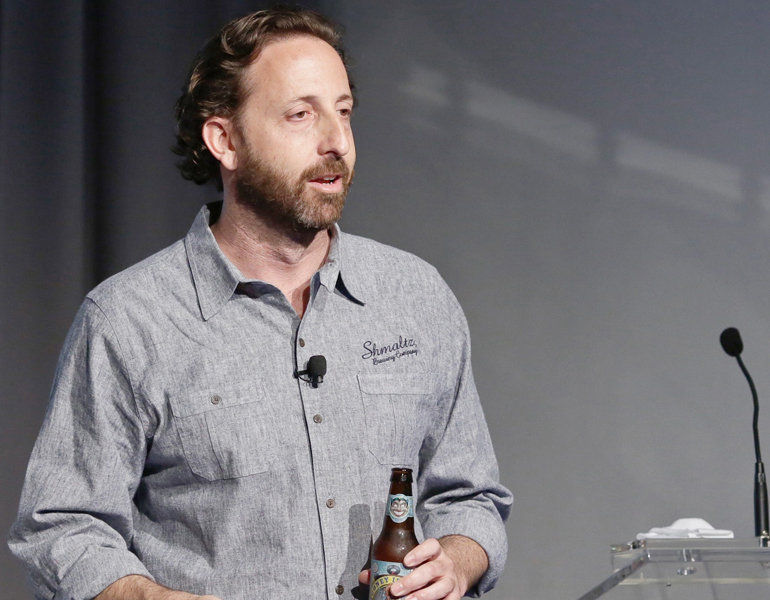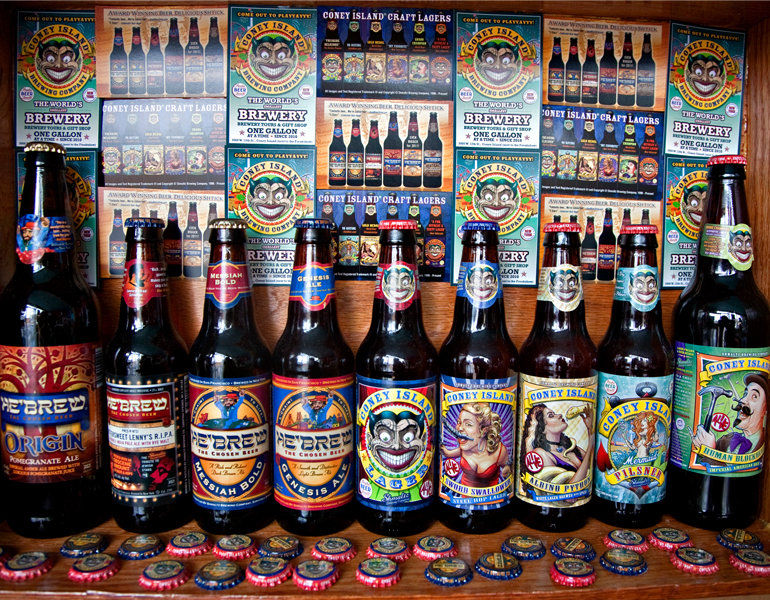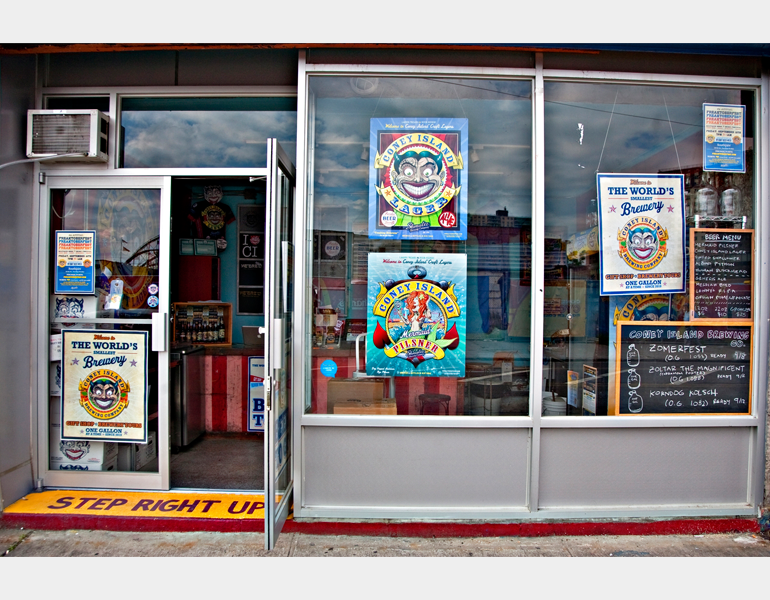Start 14-Day Trial Subscription
*No credit card required

How to Build a Brewery with Jeremy Cowan of Shmaltz Brewing Co.
For his Miraculous Jewbelation anniversary beers Cowan takes his shtick inspiration from the numerology of Jewish mysticism, creating labels that read like a bottle of Dr. Bronner’s soap. Each year’s creation uses ingredients in amounts that correspond to the anniversary year. Jewbelation 8 for instance, used eight malts and eight hops, and clocks in at 8 percent ABV. Cowan’s label shtick for that beer explores the miraculous role of the number eight in Jewish life from the sacred – Hanukkah, Passover and Sukkot each spans eight days – to the profane – Mel Brooks stole a cap gun from Woolworth’s at age eight and Seinfeld ran for eight seasons.
DEATH OF A CONTRACT BREWER
Though the mid-1990s brought craft beer’s first big boom, its mass appeal was still limited and its staying power was questionable. Cowan’s challenge of selling an ultra-niche brand in this market was exacerbated by his almost complete ignorance of how the industry worked. He had to learn by doing. His long learning curve saw costly trademark disputes, pallets of beer locked up by distributors, and sometimes rocky relationships with a succession of contract brewers including Anderson Valley Brewing Company, Mendocino Brewing Company and Olde Saratoga.
The tribulations of contract brewing are discussed in full detail in Craft Beer Bar Mitzvah. Some of the problem was Cowan’s naivety when it came to beers. For brewers looking for a flavor profile he suggested, “Give me the best pastrami on rye that you can manage.” Some brewers made beers for Shmaltz by blending two in-house brands, an approach that Cowan himself endorsed early on. The business conflicts included the unauthorized sale of Shmaltz by a contract partner and at least one brewpub in San Francisco that he organized on behalf of a brewing partner, who then backed out of the arrangement.
Cowan’s lack of knowledge sometimes worked in his favor. His naivety allowed him to ask for and sometimes receive things that a more experienced person would not have reasonably expected. “It gave me the confidence and the freedom to just simply behave as though I deserved a conversation with a chain buyer or I deserved a spot on a shelf. I didn’t have the built-in layers of compromise and inhibition. It allowed me to just behave as myself. Sometimes I’d be vulnerable and other times I’d be confident. I think that the buyers responded to that.”
The first decade was a struggle, though. The company was funded largely on credit cards and profits were slim at best. Cowan says that it was a commitment to extreme beers and a realization about the true nature of his enterprise that turned things around for Shmaltz. “It wasn’t until I admitted that it was a beer company that we saw people get more and more interested on the consumption side. The previous excitement had been more about PR. I got lots of articles written about how quirky and clever and silly and fun the beer was, but that didn’t necessarily translate into thousands of people buying a six-pack every month or two and then re-buying another six-pack and another six-pack. It was really 10 years into the company until it started really being a little bit more consistent.”

Jeremy Cowan started as a marketer and worked until he had his own brewery.
After 17 years of contract brewing, Shmaltz broke ground on a brewery of its own in 2013. This move was motivated by desperation and the recognition of the changing nature of the market. Craft beer’s second big explosion has stretched brewery capacities thin. The number of options for contract brewing partners has become limited. The pipeline shrunk just as Shmaltz’s product line grew more complex. By 2012 Shmaltz had 10 core brands, 10 to 15 seasonals, and a barrel-aging program. Cowan’s portfolio was bigger than those of the breweries that were making his beer. Continued contract brewing had become unsustainable.
But Cowan also saw a shift in consumer demands. “Local is on fire.” he said. “People want a visceral, tactile connection to how and where the beer is made.” The brewery in Clifton Park, New York gives his beers local credibility at least in that state, one of Shmaltz’s biggest markets. It’s not by accident the brewery is near Albany, where there is a local brewing tradition that peaked in the 19th Century when hop and grain fields flourished nearby and the Hudson River made delivering the famed Albany Ale to New York City and beyond relatively easy.






